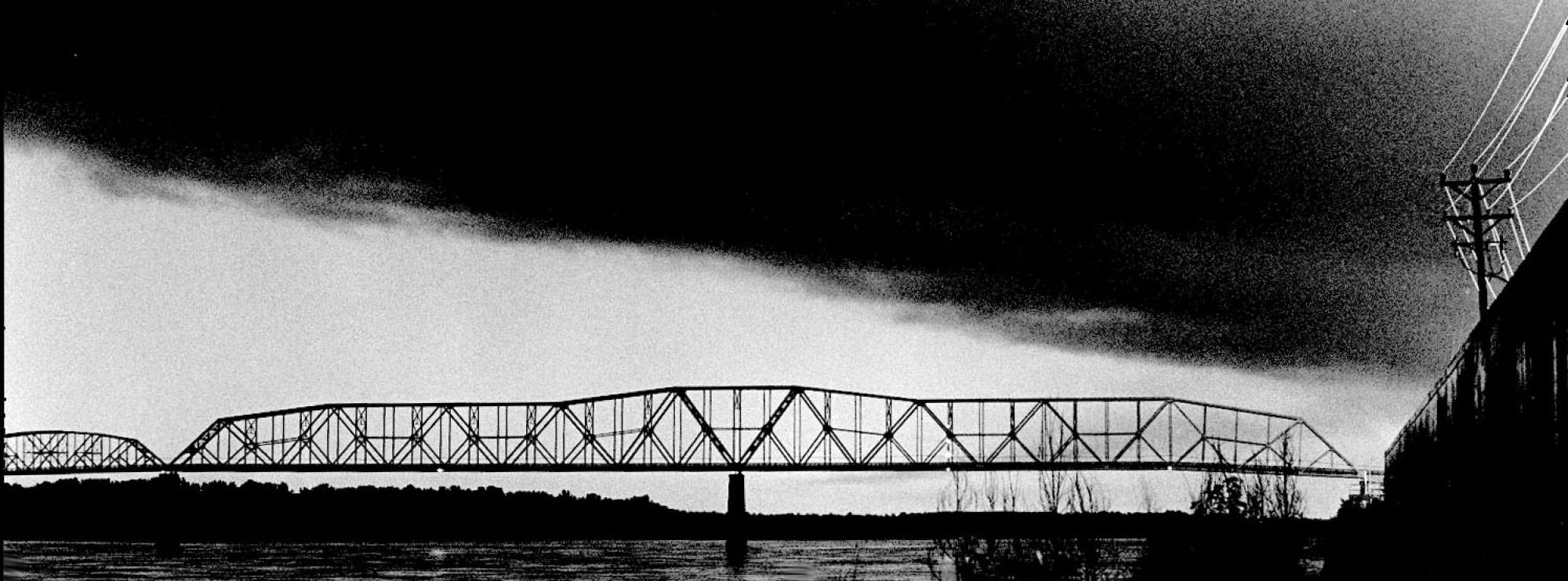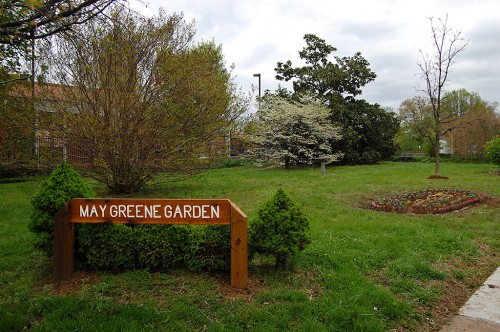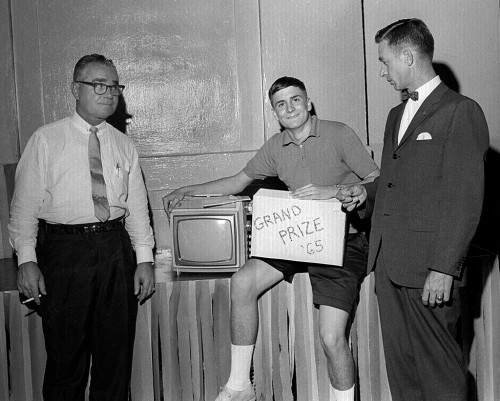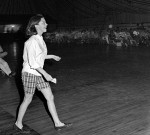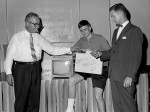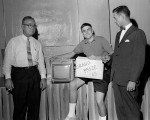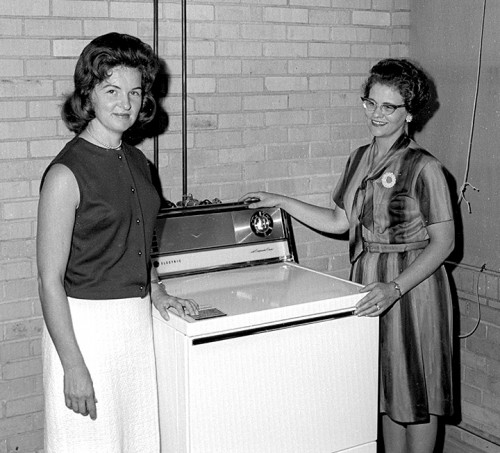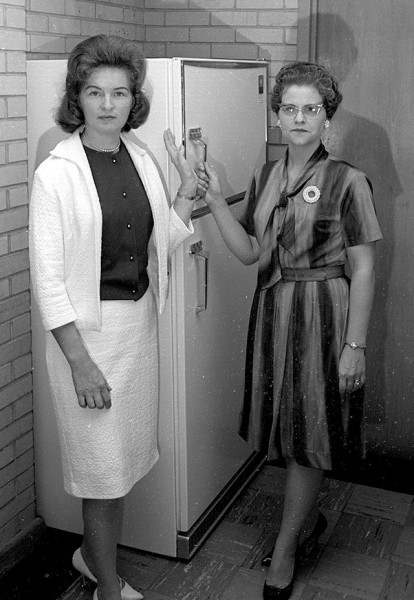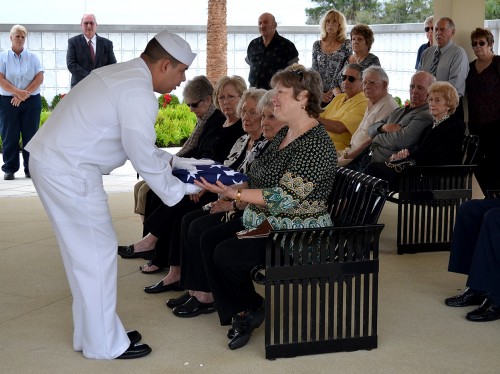 Wife Lila and I attended a military memorial service for the father of her best Florida friend, Nancy Fratz.
Wife Lila and I attended a military memorial service for the father of her best Florida friend, Nancy Fratz.
Robert P. Adams, 86, formerly of Ft. Pierce and Lake Worth, passed away on Wednesday, December 11, 2013 following an extended illness. Bobby was born on April 24, 1927. He is survived by his wife of 65 years, Hazel Adams, and his children, Nancy (Thomas) Fratz and John (Claudia) Adams.
South Florida National Cemetery
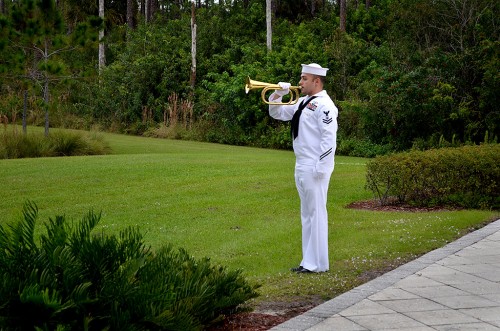 The memorial service was held at the relatively new South Florida National Cemetery west of Lake Worth, Florida.
The memorial service was held at the relatively new South Florida National Cemetery west of Lake Worth, Florida.
The cemetery’s website says South Florida National Cemetery is the fifth national cemetery built in Florida and the 125th in the national cemetery system. It covers 313 acres and is projected to be able to handle veterans’ needs for the next 50 years.
The site was used as farmland and for cattle grazing up until the time of its purchase by the National Cemetery Administration in 2002. The cemetery was opened for burials in 2007, and was formally dedicated on March 9, 2008.
I had read that many of the national cemeteries use recordings for Taps, but this is the first time I had encountered it at an outdoor service. The bugler only pretended to play while a recording provided the actual call. No matter how the sound was produced, it was moving.
Origin of Taps
The tune is a variation of an earlier bugle call known as the Scott Tattoo which was used in the U.S. from 1835 until 1860, and was arranged in its present form by the Union Army Brigadier General Daniel Butterfield, an American Civil War general and Medal of Honor recipient in July 1862 to replace a previous French bugle call used to signal “lights out.” Within months, Taps was used by both Union and Confederate forces. It was officially recognized by the United States Army in 1874 and became a standard component to U.S. military funerals in 1891. (From Wilipedia.)
